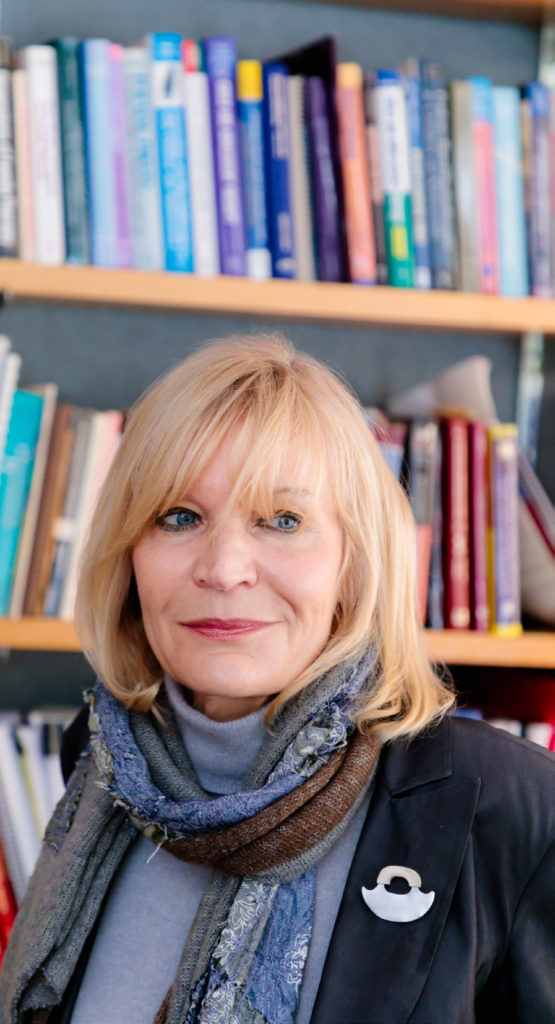
Psychology Professor Yvonne Bohr has partnered with five communities and four agencies in Nunavut to develop an Indigenous-focused fantasy video game focused on supporting mental wellness in Inuit youth. Factors such as intergenerational trauma and poverty contribute to Inuit youth experiencing relatively higher rates of stress, anxiety and depression. The interactive game will use Inuit cultural values to create a familiar context, and cognitive behaviour therapy principles to help youth regulate their emotions through activities such as reframing their thoughts and learning about physical coping strategies.
The game is built on the model of SPARX (Smart, Positive, Active, Realistic, X-factor thoughts), a 3D video game designed by New Zealand researchers focused on promoting the mental health and wellness of Maori youth. Bohr, who is also head of York’s Infant and Child Mental Health Lab, and a member of York’s LaMarsh Centre for Child and Youth Research, discovered SPARX in 2012 while conducting research for the government of Nunavut on electronic interventions for youth in remote communities.
Bohr has received approximately $1.2 million over four years from the Canadian Institutes for Health Research to engage youth in the adaptation of the game for a Nunavut context, and the subsequent evaluation with community youth. Inuit elders and “champion” youth collaborate in the process of conceptualizing and developing a community-centric, culturally relevant game that integrates Inuit models of well-being. Ensuring that the community played a leading role in the project was central to Bohr: “I am aware of communities that have been very burnt by researchers flying in and out,” she told the Globe and Mail in an interview. “Our goal was not to just come in and provide this program. We wanted it to be community directed.” “The game will be designed around a narrative of hope and reclaiming Indigenous culture” Bohr added.
